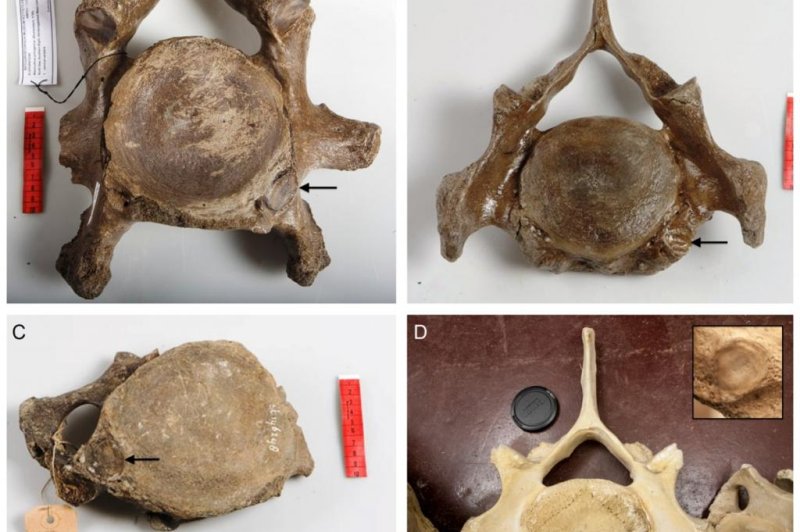In studying the woolly mammoth fossil collections of several European museums, researchers have determined that the giant tusked mammal of prehistoric times more frequently developed cervical ribs than do modern elephants and similar species.
A cervical rib, which is a rib attached to a cervical vertebra, or neck, is not itself a life-threatening condition. But its presence is relatively unusual, and treated by experts as a signal that something else is awry -- specifically, that some other genetic or environmental problems were present during embryonic development. That's why biologists usually associate cervical ribs with still births and genetic abnormalities.















